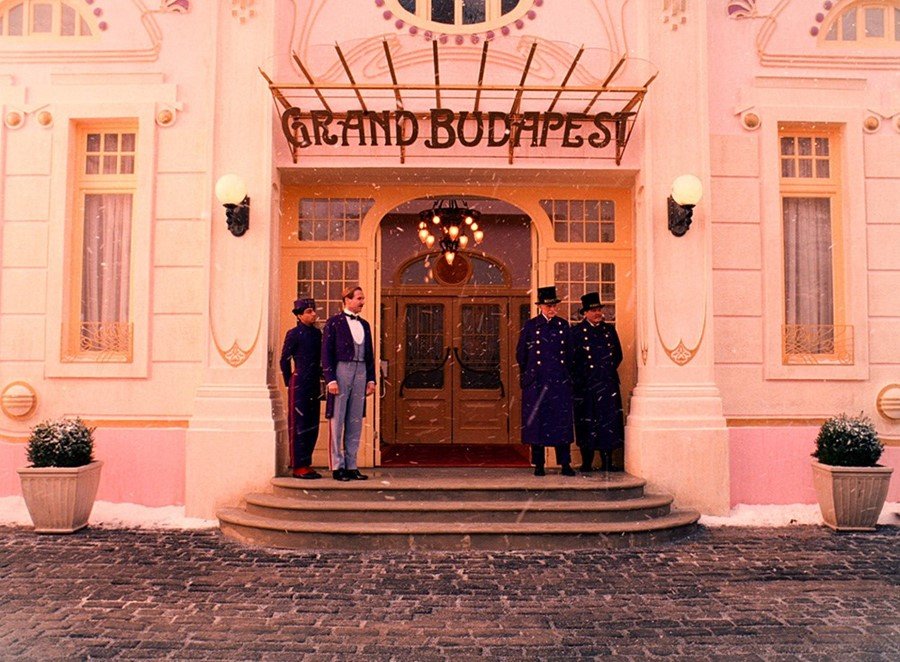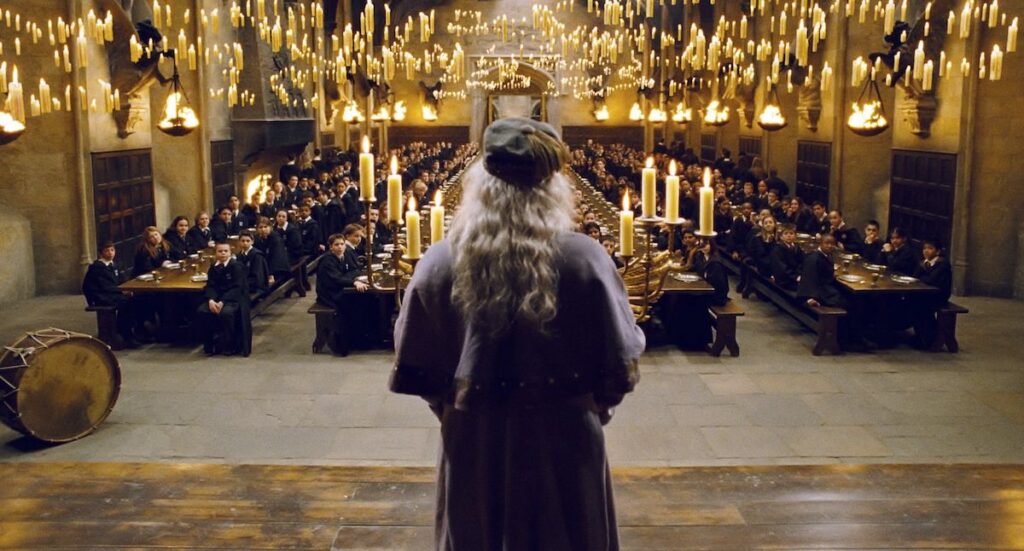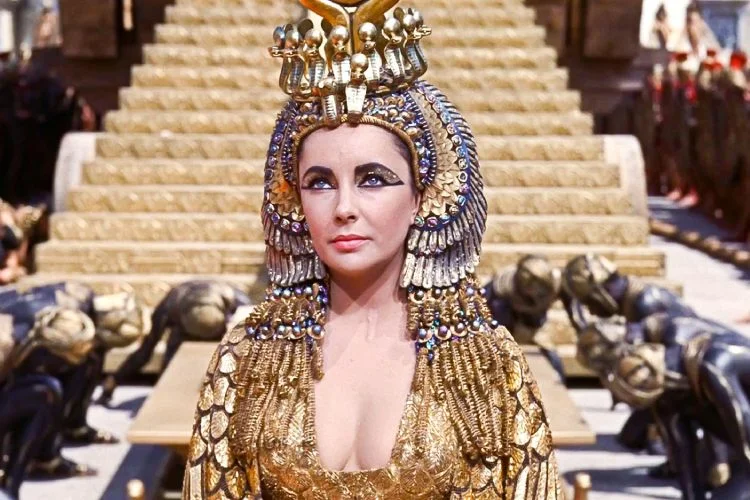
Movie set construction is essential for creating immersive environments that support the story and characters in film. When done right, a film set will not only provide stunning visuals but will also elevate the emotional impact of the film.
Even with the frequent use of CGI these days, movie sets are still a vital piece of the production puzzle. Fantasy worlds in particular are difficult to create without a lot of money put into crafting realistic sets. For example, the 'Home Tree' set built for James Cameron's Avatar (2009) cost $1.2 million alone to create.
In this film set construction guide, we break down each step of the movie set building process and explain what a successful movie set can achieve.
Movie set construction is the process of creating the physical setting where the film is shot. Sometimes film sets are built from scratch within a studio, and other times they transform and adapt existing locations like farms and desert landscapes.
One of the most expensive movie sets ever made was for another of James Cameron’s films - Titanic (1997). This was thanks to the scale of sets required to mirror the actual ship. The production bought a 40-acre facility to house their near-life-size Titanic replica, which became home to the world’s largest water tank made for cinematic purposes.

With so many moving parts, set building has to be a collaborative effort. Here are the key people and departments typically involved:
The production designer is in charge of guiding the overall look and feel of the film, including the set design. They work closely with the director to conceptualise each set’s style and design based on the script’s requirements.
The art department is headed by the production designer and includes the following team members:
This team of skilled craftsmen, including carpenters, painters, and plasterers, is responsible for physically building and assembling the sets according to the models and concepts provided by the art department.

Once construction has finished, the sets department comes in and styles the set so it’s ready to shoot. The set decorator chooses the pieces (everything from furniture to picture frames) and must have a good understanding of the characters and the story.
The set dresser places the furniture and decorations on the set and sometimes remains on set during shooting to make adjustments in between takes.
Props are any items operated or held by actors within a scene such as weapons and tools. The props department is responsible for sourcing, creating, and maintaining the props.
The prop master is the head of the department and often directs a team of prop makers and prop runners.
The sound department may be involved in installing soundproofing materials or equipment to ensure clear audio recording on set.
They collaborate with the production team to minimise unwanted noise and achieve optimal sound quality.
The director and producers provide creative direction and guidance throughout the set construction process, working closely with the production designer and other key departments to ensure that the sets align with the film’s overall vision.

The first step is to carefully analyse the script to understand the locations required for filming. This process also helps determine whether sets should be built from scratch in a studio or whether it's beneficial to film on location where the team can adapt existing building interiors or exteriors (see our guide to transforming locations for historical films).
If the team decides to film scenes on location, the location manager will hire a location scout to search for suitable settings either locally or overseas.
This process involves conducting location recces to assess factors such as location size, accessibility and safety.
Once the locations are picked, the art department creates detailed blueprints and drawings for each set based on the script's requirements. These include specific details like the dimensions and materials required to bring the images to life.
With the set designs finalised, the construction team can begin building the sets. This involves constructing walls, floors, ceilings, and other architectural elements to recreate the desired environment.
There may also be a lighting team to install lighting fixtures, wiring, and other equipment needed to illuminate the sets properly.
SuperScout is your own private location library – upload locations in minutes, tag them with ai in seconds, then search and share with your team

After the basic structure of the sets is complete, the set decorators and dressers get to work to add the final touches which will enhance the realism of each set. This includes choosing and arranging furniture, adding decorative elements, and ensuring that all props are in place and ready for filming.
Before filming begins, the production designer and director conduct a final inspection of the sets to make sure everything is in place so the teams can make any last-minute adjustments or additions to ensure that the sets are perfect for filming.
During filming, the set construction team may be on standby to make any necessary repairs or adjustments to the sets as needed.
In most cases, the sets are dismantled after filming is complete and any reusable materials are salvaged or stored for future use. Depending on the production's needs, sets may be dismantled immediately after filming or kept intact for reshoots or additional scenes.

A movie set needs to serve several key roles to support a film production:
Set construction must be completed within the allocated budget and schedule constraints of the production. Efficient planning, resource management, and communication are essential to ensure that the set meets artistic standards while staying within budget.
The set must create a visually convincing environment that transports the audience into the world of the film. It should reflect the time period, location, and atmosphere as described in the script, enhancing the overall believability of the story.
The set should reflect the personalities and lifestyles of the characters inhabiting that world. Details such as furniture, decor, and personal items help to develop the characters and deepen their relationships within the story.
The set designers can also use lighting, colour, texture, and spatial arrangement to communicate emotions and backstory to the audience.
The set must be designed and constructed to accommodate the technical requirements of filming, including camera angles, lighting setups, and movement of actors and crew. Then there are also practical considerations to take into account such as accessibility, safety, and acoustics to ensure a smooth production.
Sets may need to serve multiple purposes or be modified for different scenes throughout the film. They should be versatile enough to accommodate changes in blocking, camera setups, and creative decisions without compromising continuity.

Movie sets are temporary structures built specifically for filming purposes and are not intended for long-term use. So while they may represent real buildings, they are typically built as minimally as possible to get the desired effect.
So when it comes to building materials, what appears on-screen as stone, marble, wood and brick are materials like painted plywood, polystyrene and plaster. These are cheap and quick to construct while giving the illusion of stronger materials.
The time required to construct a movie set can vary significantly depending on the size and complexity of the sets, the availability of resources, and the production schedule. Sets may take anywhere from several days to several weeks or even months to complete.
On average, constructing a film set can range from a few thousand pounds for small, simpler sets to several million pounds for large-scale, elaborate sets or entire built environments like the near full-size replica ship in Titanic. For a rough estimate, a mid-sized film set might cost anywhere from £50,000 to £500,000.
The construction team, led by the head carpenter, builds whatever is necessary for sets in the studio and on location. They work to the specifications of the art department.
It may surprise you, but the majority of movie sets are demolished once filming wraps. Sometimes they can be repurposed or recycled, and if a set is from a particularly popular film, the film studio may decide to keep it as an attraction. Occasionally, sets are bought by people or simply abandoned.
SuperScout is your own private location library – upload locations in minutes, tag them with ai in seconds, then search and share with your team

